Architectural Marvel: “Lilypad” A Blueprint For Resilient And Green Urban Living By Vincent Callebau
- 8 Dec 2023
- By Deshal Shah
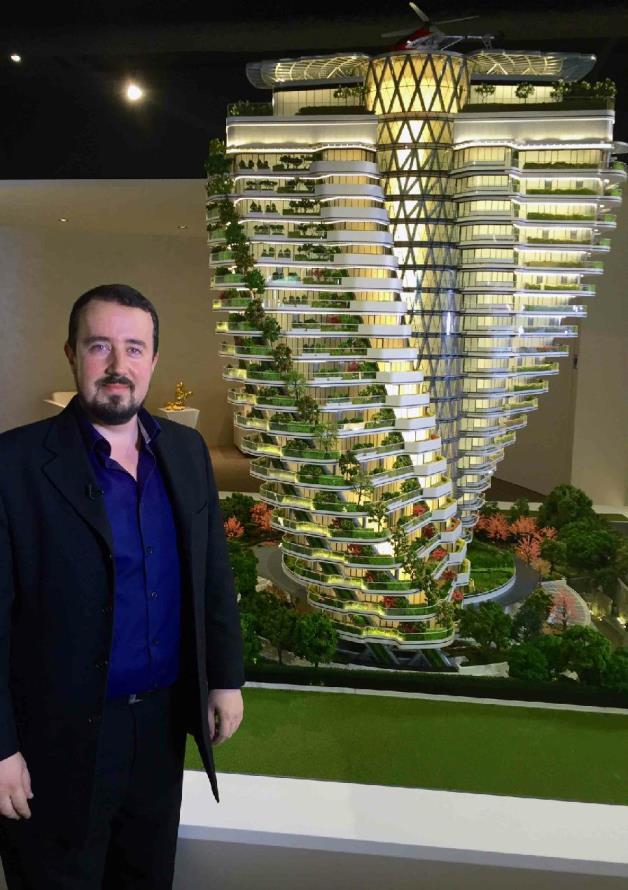
Vincent Callebaut is a visionary Belgian architect renowned for his groundbreaking eco-friendly designs. With a focus on sustainable and innovative architecture, Callebaut's work combines futuristic aesthetics with cutting-edge environmental technologies. He has gained international acclaim for his designs that tackle pressing global issues, making him a leading figure in the field of green architecture.
Vincent Callebaut has created several impressive architectural designs, but here are three of his notable works:

1. Agora Garden, Taipei, Taiwan

This twisting, green residential tower incorporates sustainable features and vertical gardens, earning it recognition for its innovative eco-friendly design.

2. Dragonfly, Vertical Farming in New York

A conceptual design, Dragonfly envisions a self-sustaining vertical farm in New York City, addressing urban agriculture and food production challenges.

3. Lilypad, A Floating Eco polis

This ambitious concept envisions a self-sustaining, floating city designed to address the potential consequences of rising sea levels and climate change.
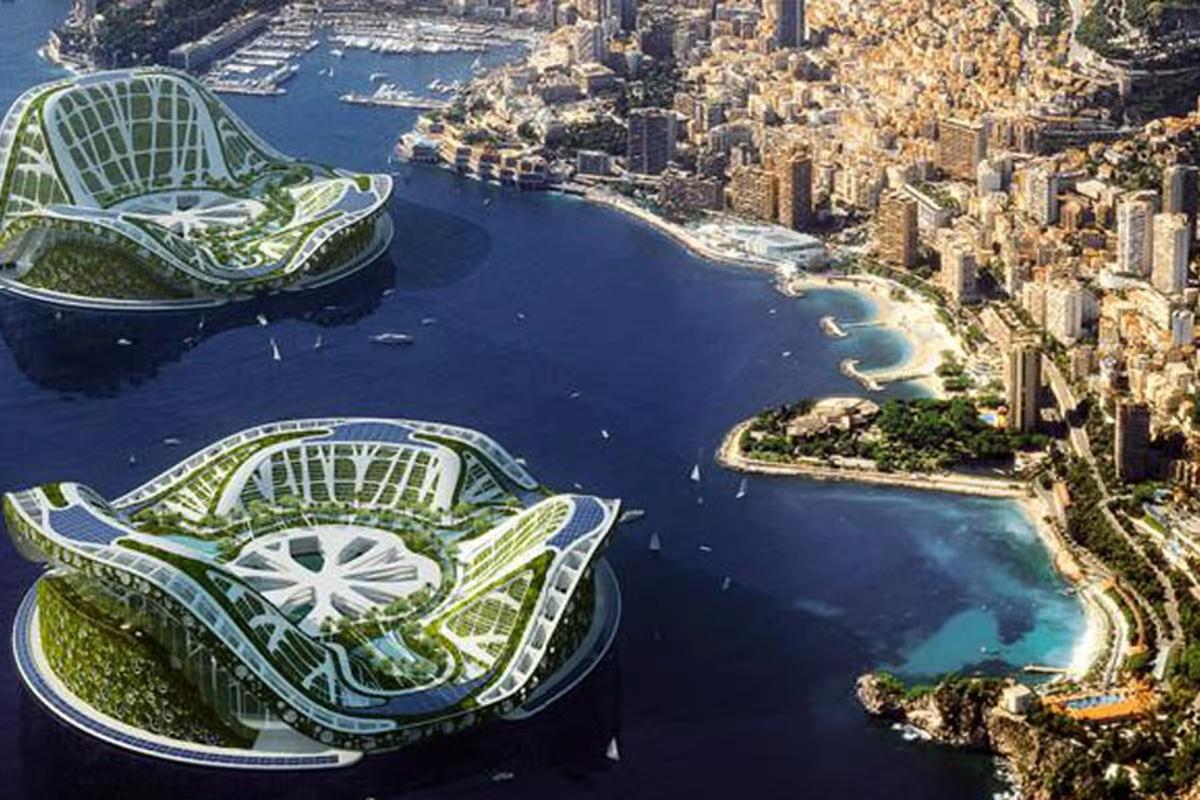
Lilypad, A Floating Eco polis, stands as one of Vincent Callebaut's most ambitious and visionary architectural concepts, embodying the essence of sustainable design in the face of climate change. This imaginative project envisions a self-sustaining city that floats on the water's surface, addressing the pressing challenges posed by rising sea levels and the need for innovative urban planning.
Conceptualization and Design:

Vincent Callebaut conceived Lilypad as a response to the potential consequences of climate change, particularly the rising sea levels that threaten coastal cities worldwide. The design embraces the concept of a floating eco polis—a city that not only adapts to the changing environment but actively contributes to its sustainability.
The city's layout is inspired by the intricate structure of a water lily, with individual modules resembling petals connected by a network of flexible bridges. The biomimicry aspect of the design reflects Callebaut's commitment to integrating natural forms and processes into architecture. The interconnected modules create a floating city that serves as a harmonious extension of the environment.

Self-Sustainability:

At the core of Lilypad's design is a commitment to self-sustainability. The floating city is equipped with advanced renewable energy systems, including solar, wind, and tidal power. These energy sources work in tandem to meet the city's power needs, ensuring a minimal environmental impact.
Additionally, Lilypad incorporates cutting-edge water management systems. Rainwater harvesting, water purification, and recycling technologies ensure a closed-loop water cycle within the city. By harnessing and optimizing natural resources, Lilypad strives to reduce its ecological footprint and set a precedent for future urban developments.
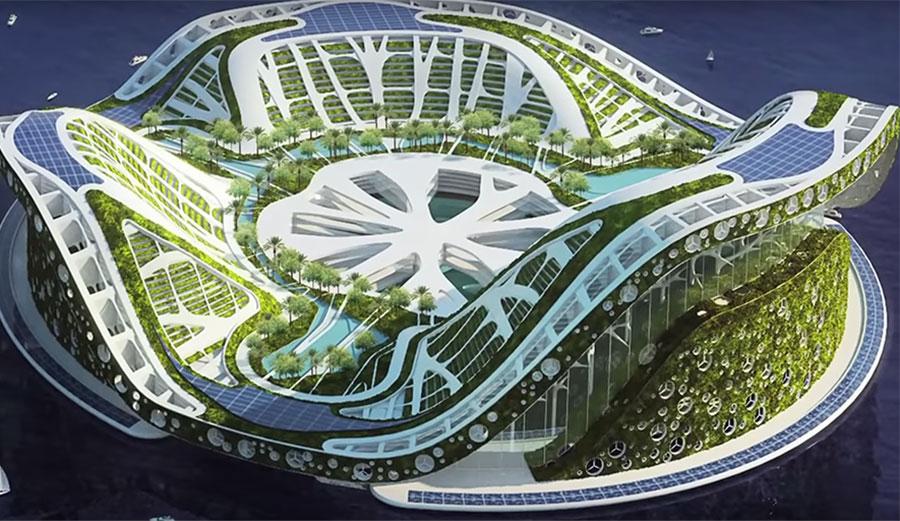
Green Spaces and Biodiversity:

One of the defining features of Lilypad is its integration of lush green spaces and biodiversity. Each floating module is designed to accommodate a variety of plant and animal life, creating micro-ecosystems that contribute to the overall well-being of the city. These green spaces not only enhance the aesthetics of Lilypad but also play a crucial role in maintaining ecological balance.
The design includes vertical gardens, parks, and communal areas where residents can connect with nature. The emphasis on biodiversity is a testament to Callebaut's belief that sustainable urban living should coexist harmoniously with the natural world.

Resilience to Climate Change:

Lilypad's floating structure is inherently resilient to the impacts of climate change, particularly rising sea levels. By remaining buoyant on the water's surface, the city is adaptable to fluctuations in sea levels, providing a potential solution for low-lying coastal areas facing the threat of submersion.
The modular design allows for scalability, enabling the city to expand or contract based on evolving environmental conditions. This adaptability is a key feature in mitigating the challenges posed by a changing climate, making Lilypad a model for future urban resilience.
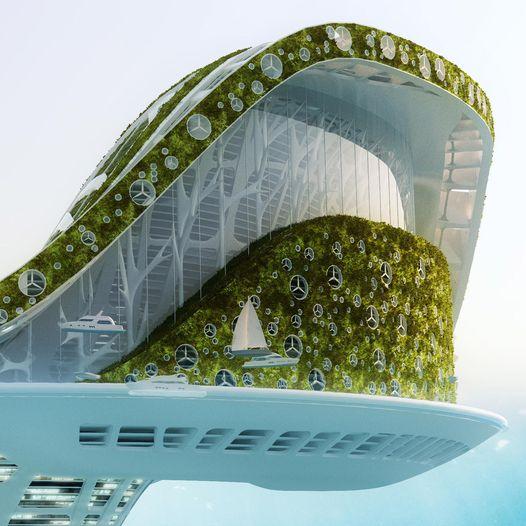
Integration of Technology and Innovation:

Vincent Callebaut's vision for Lilypad goes beyond traditional architectural concepts, incorporating state-of-the-art technologies and innovative solutions. Advanced materials, smart infrastructure, and data-driven systems contribute to the city's efficiency and functionality.
Smart grid systems manage energy distribution, optimizing the use of renewable sources based on real-time demand. Additionally, Lilypad utilizes intelligent waste management systems to minimize environmental impact, reinforcing the commitment to a circular economy within the floating city.

Challenges and Criticisms:

While Lilypad represents a groundbreaking vision for sustainable urban living, it is not without its challenges and criticisms. Some skeptics argue that the feasibility of such a floating ecopolis on a large scale remains uncertain. The complexities of infrastructure, logistics, and governance for a city of this nature pose significant hurdles.
Moreover, the economic viability and social dynamics of a floating city present questions that extend beyond the architectural realm. Critics suggest that the focus should be on more immediate and practical solutions for urban sustainability, rather than investing in highly speculative and experimental projects.
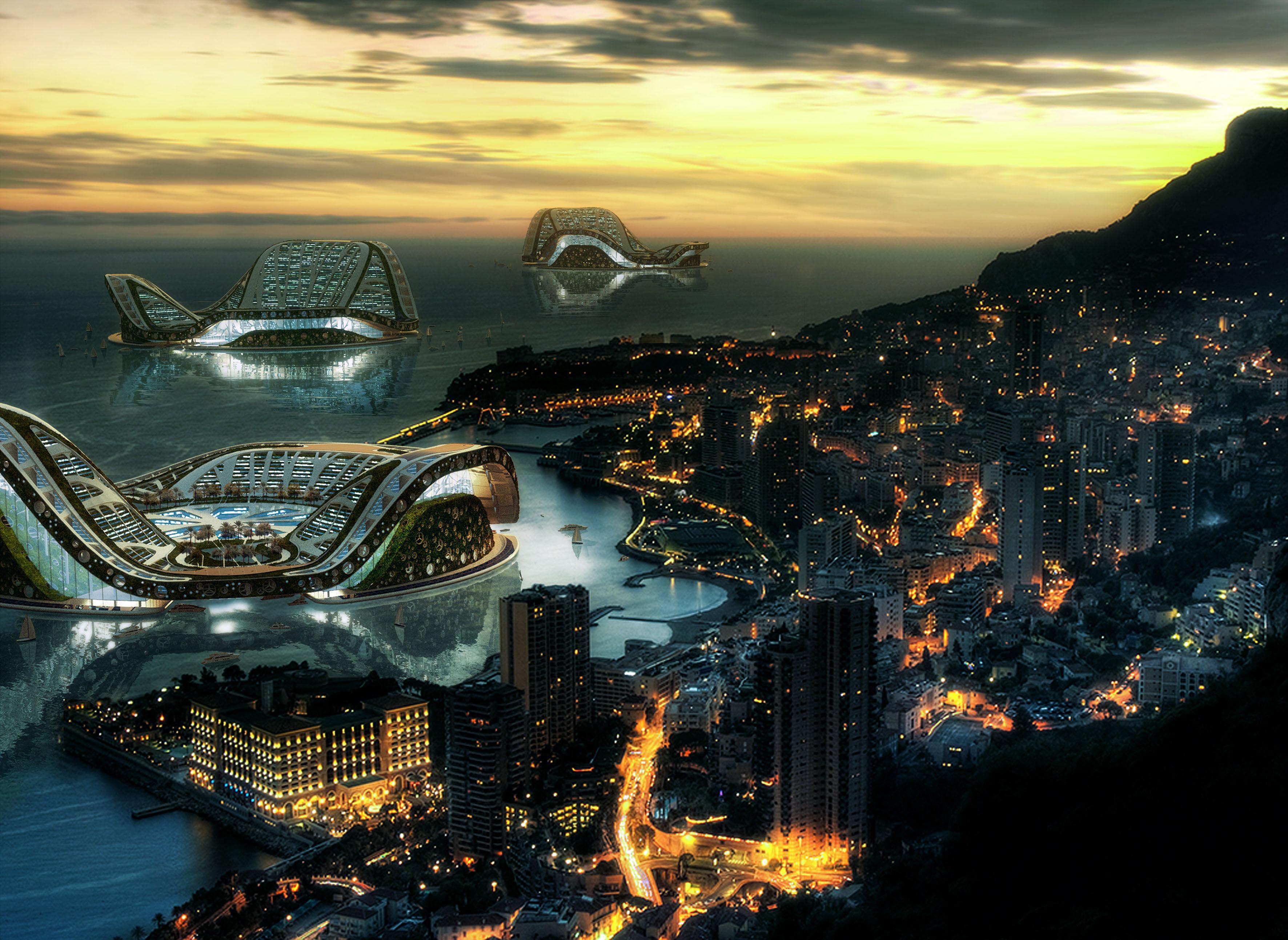
Conclusion:

Vincent Callebaut's Lilypad, A Floating Eco polis, stands as a testament to the power of architectural imagination in addressing pressing global challenges. This conceptual design pushes the boundaries of traditional urban planning, offering a vision of a future where cities seamlessly integrate with the natural environment while adapting to the realities of climate change.
As an ambitious concept, Lilypad sparks important conversations about the role of architecture in shaping a sustainable future. Whether or not such a floating city becomes a reality, the ideas and principles embedded in Lilypad continue to inspire architects, urban planners, and environmentalists to explore innovative solutions for the challenges posed by our changing world. In the hands of visionaries like Vincent Callebaut, architecture becomes a catalyst for positive change, pushing the boundaries of what is possible in the pursuit of a more sustainable and resilient future.
Recently Published
loves or pursues or

.jpg)

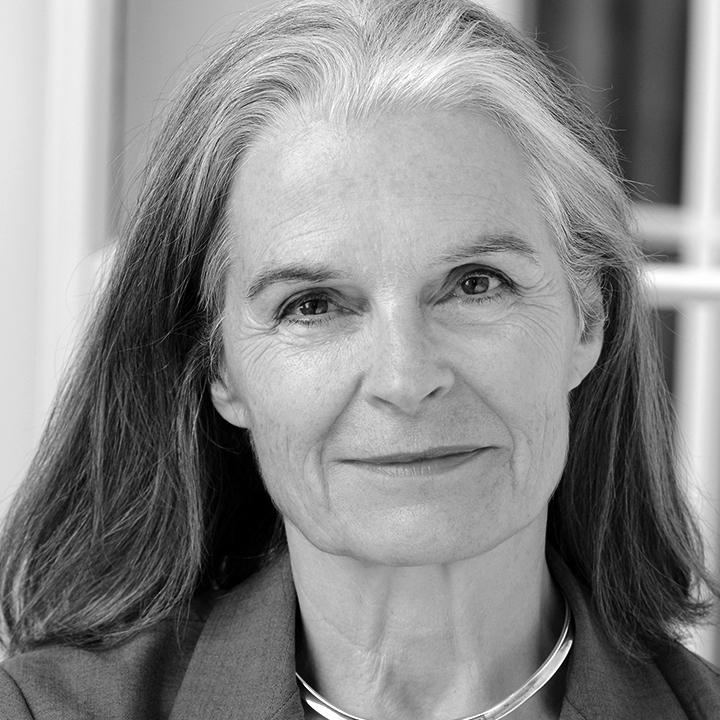

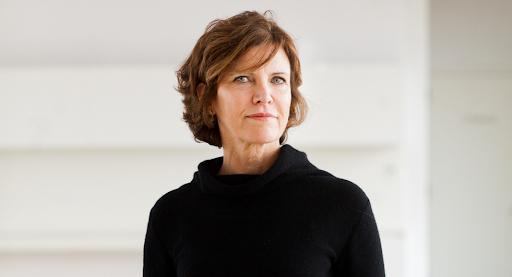
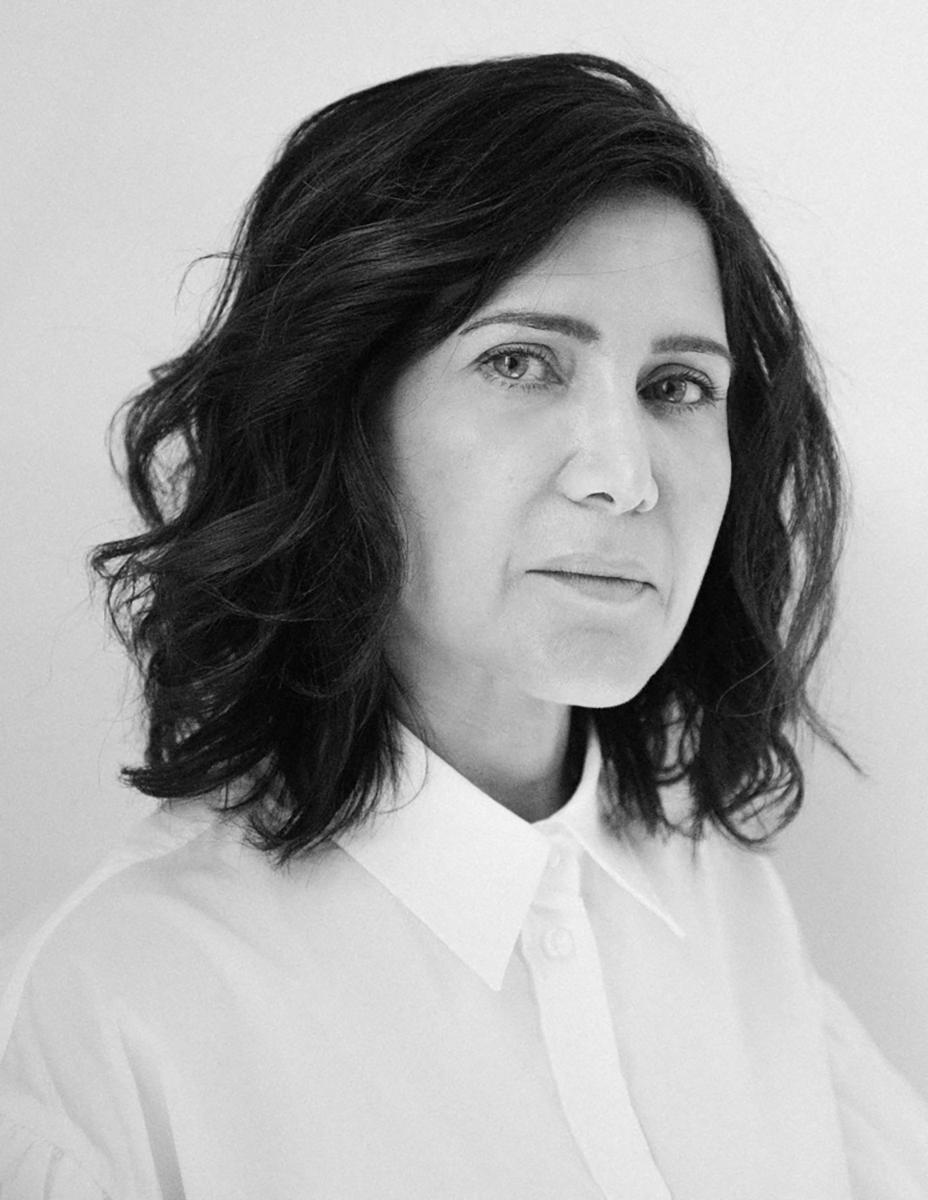

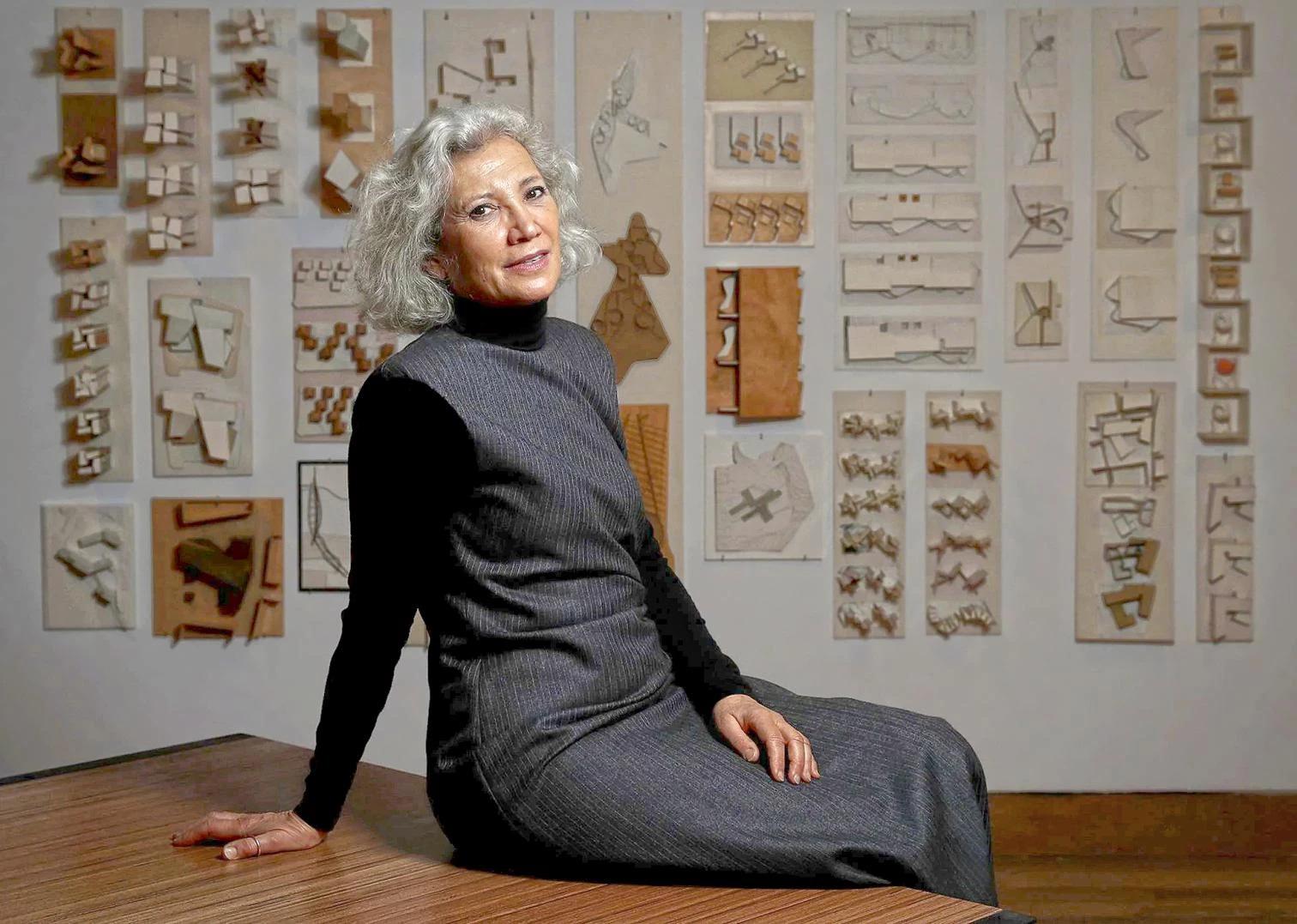
.jpg)